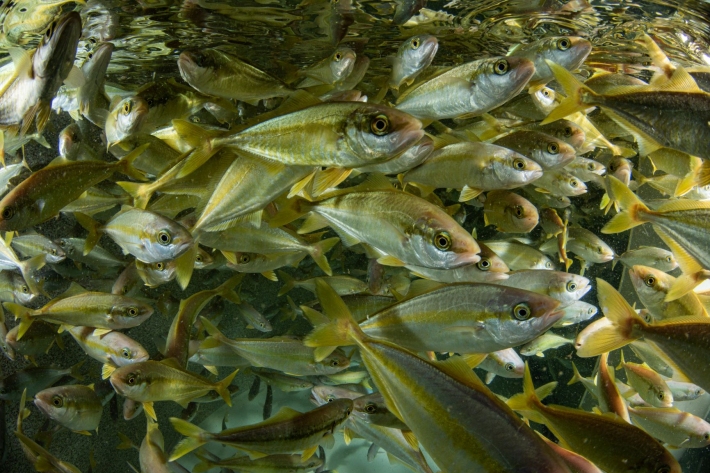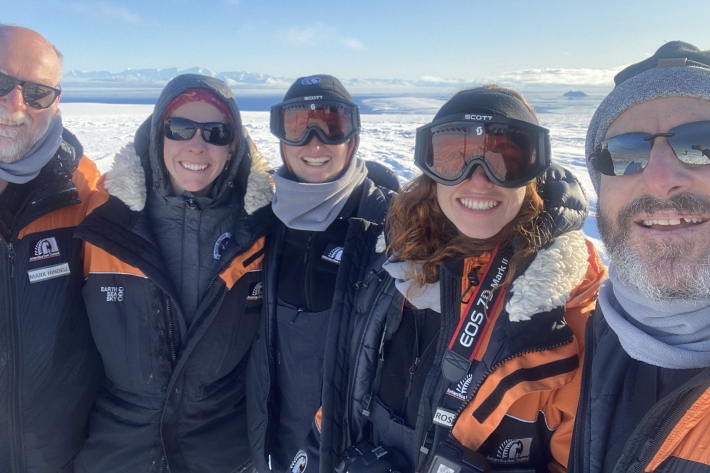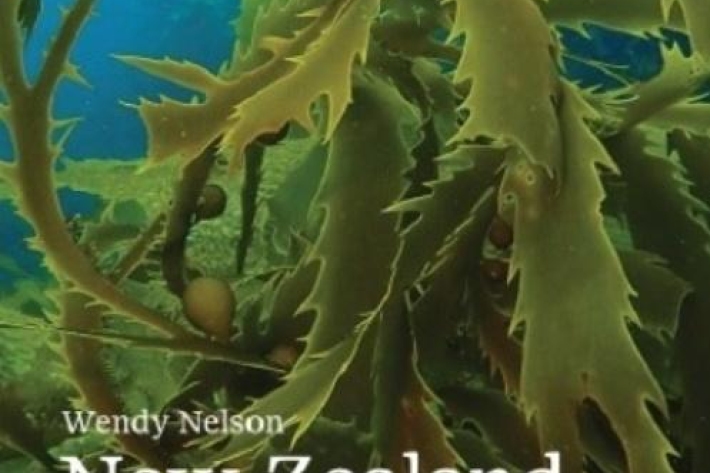Under COVID-19 Alert Levels 3 and 4, NIWA staff worked remotely from 700 different locations, whilst a handful of people continued to provide essential services such as hazard monitoring, biosecurity surveillance and response, analytical services for water quality assessment, ensuring animal welfare in our aquaculture facilities, and maintaining the functionality of the infrastructure required for the security of samples, national environmental monitoring and forecasting networks, collections and computing. Government now has a strong focus on the nation’s recovery from COVID-19 and the need to reduce its impacts on our society and economy.Our focus is the same. As NIWA activates life according to Alert Level 2 and moves towards full restoration of all services, we will be working closely with our stakeholders to ensure that our research and advice are applied to maximum effect to assist with the recovery.
In this issue

COVID-19 modelling
NIWA population modeller Samik Datta is involved in peer reviewing New Zealand's modelling of COVID-19.
Tangaroa heads back to sea
NIWA’s flagship research vessel Tangaroa sailed out of Wellington Harbour on May 17 for the first scientific voyage since lockdown.
Feeding fish during lockdown
The fish at our Northland Marine Research Centre were still getting their meals during lockdown.
Seal of protection
Small transmitters on Weddell seals are helping protect more than a million square kilometres of Antarctic ocean.
Bioactive bryozoan
A collaboration between researchers has revealed the bioactive health potential of a marine bryozoan.
Seaweed. It’s spectacular!
NIWA principal scientist Wendy Nelson’s field guide will get people talking about New Zealand seaweed.
